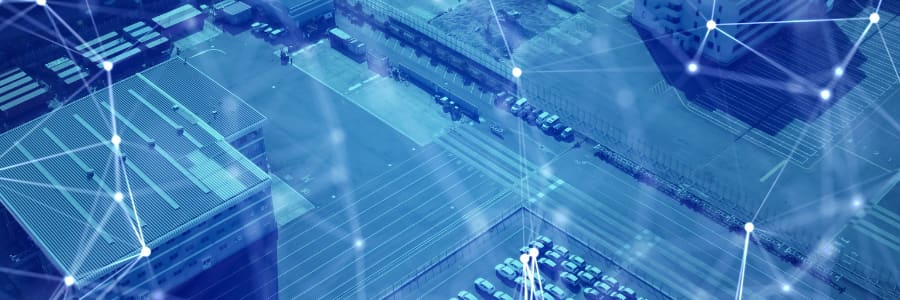In the United States alone, a record 1.2 million EVs were added to the grid last year. Projections indicate that by 2050, half of all cars on American roads could be electric.
Elsewhere, the move toward electric transportation is accelerating even faster, including heavy transport and EV fleet operations.
EVs are crucial for achieving net-zero carbon emissions, but their energy use presents challenges to energy grids already grappling with ageing infrastructure and increasing demand.
Figures from Rystad Energy indicate that energy companies will spend US$3.1 trillion between now and the end of 2030 on grid upgrades. Potential energy gridlocks and bottlenecks are among the driving reasons behind the investments.
Energy gridlock and electric vehicles could, in other words, seem to be joined at the hip.
However, EVs present a new avenue for energy companies to counter grid gridlocks and risks and minimise the need for infrastructure investments.

EVs can impact the energy grid on several levels.
Many bulk grids, comprising centralised generation and high-capacity transmission lines (typically 100 kilovolts or higher), appear well-equipped to handle EVs.
However, several EV factors could impact the bulk grid, including:
EVs’ impact on local distribution networks—comprising poles, wires, and transformers connecting homes and businesses to the bulk grid—could be far more significant due to factors like:

So, you might ask what the situation regarding EVs and ageing energy grids has to do with energy gridlocks.
To answer that, it may help to use the US as an example.
Currently, the US has almost 2 million megawatts (MW) of solar, wind, and storage capacity that is not connected to the grid. They are on hold in the so-called interconnection queues, waiting for approval to be connected to the electrical grid. The waiting lines keep growing.
This bottleneck is tightly connected to transmission infrastructure. Since the new energy sources would send energy out into the grid, distribution networks and the bulk grid must be ready to handle this extra load.
If the grid cannot handle this extra load, it increases the risk of energy gridlocks, where electricity either cannot reach consumers or has to be rerouted in some ways to reach its destination. This type of congestion increased US consumers’ bills by an estimated $20.8 billion in 2022.
The explosive growth of EVs risks further exacerbating the situation and putting even more strain on bulk grids and distribution networks.
However, EVs also offer a unique possibility for addressing energy gridlock and congestion risks.

To navigate energy gridlock challenges, electric vehicles must play an active role in the energy systems. To achieve this, utilities and energy companies can leverage several strategies and solutions. Common for them all is a software-centric approach to ensuring grid reliability and capitalise on the opportunities presented by EVs and distributed energy resources (DERs).
The list includes:
The list of potential benefits from EVs is much longer than the one presented here. We encourage interested readers to visit our other articles about solutions and strategies for unlocking the full value of EVs.